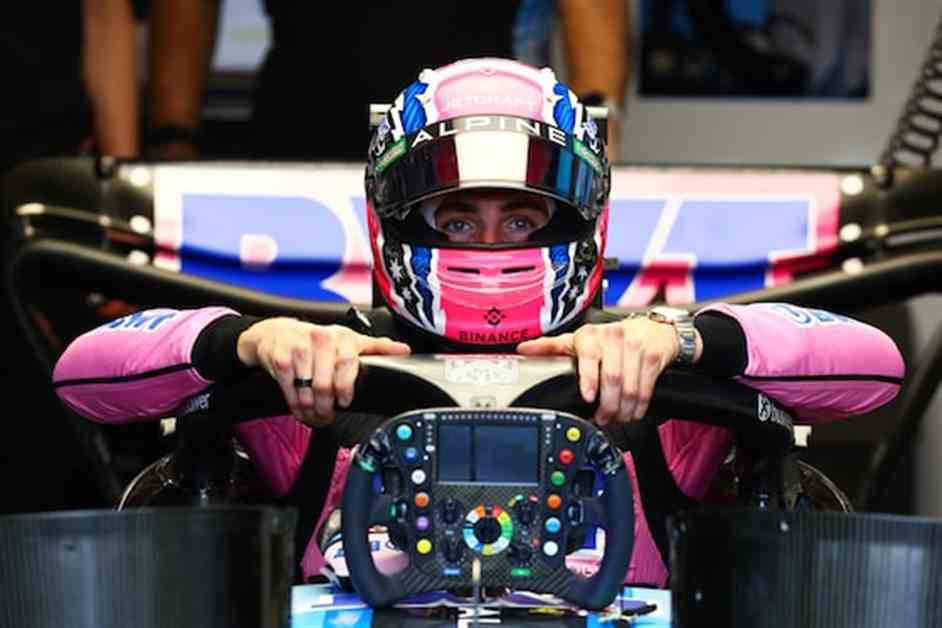In Montreal, logistical acrobatics that help pull off Grand Prix races around the world take centre stage
In the fast-paced world of Formula 1 racing, the logistical efforts behind the scenes are just as thrilling as the action on the track. As the Canadian Grand Prix at Circuit Gilles Villeneuve approaches, the spotlight is on the intricate dance of moving cars, equipment, and personnel across the globe. From the arrival of cargo by ship to the careful orchestration of every detail at the race venue, the behind-the-scenes logistics are a crucial part of the show.
The Big Picture
When it comes to the transportation of Formula 1 gear, precision is key. The arrival of cargo by ship, truck, train, and plane marks the beginning of a carefully coordinated operation that spans continents and races. With millions of viewers tuning in worldwide, the pressure is on to deliver a seamless experience both on and off the track.
The Route
As Formula 1 races crisscross the globe, the logistics team at DHL works tirelessly to ensure that gear arrives on time and in top condition. With a total air distance of 127,000 kilometers covered during the season, every detail is carefully planned to keep the show running smoothly.
The Venue
The unique challenges of the Canadian Grand Prix provide a test of logistical prowess. From the temporary grandstands that go up and come down with each race to the careful coordination of tire shipments and last-minute freight, every aspect of the event requires meticulous planning and execution.
The Parts
Each Formula 1 team brings a small army of parts and equipment to the race, with thousands of components making up each car. The logistics of packing, transporting, and assembling these parts are a crucial part of the race weekend, with teams working against the clock to ensure everything is in place for the big event.
The Impact
Beyond the thrill of the race itself, the Formula 1 circuit has a significant economic impact on host cities. With thousands of spectators, team members, and media representatives descending on each race, local businesses benefit from an influx of visitors. However, concerns about environmental impact and public spending raise important questions about the future of the sport.
In conclusion, the logistical acrobatics that underpin Formula 1 racing are a fascinating blend of precision, coordination, and speed. From the arrival of cargo to the roar of the engines on race day, every detail plays a crucial role in bringing the spectacle to life. As the world of Formula 1 continues to evolve, the behind-the-scenes efforts of logistics teams like DHL will remain essential to the success of the sport.




